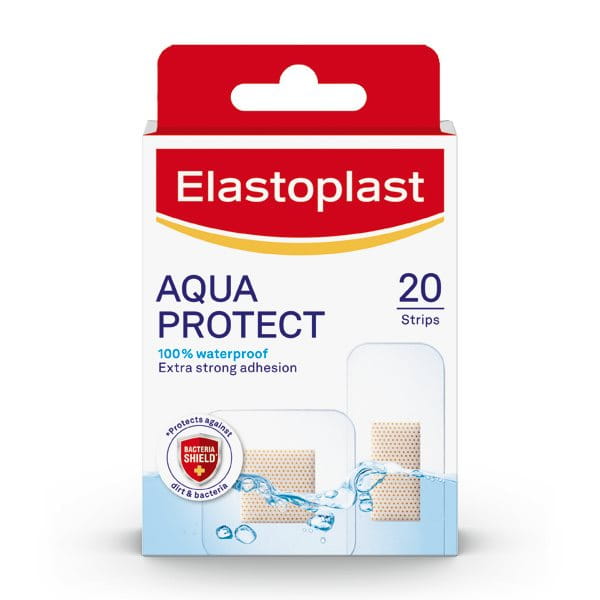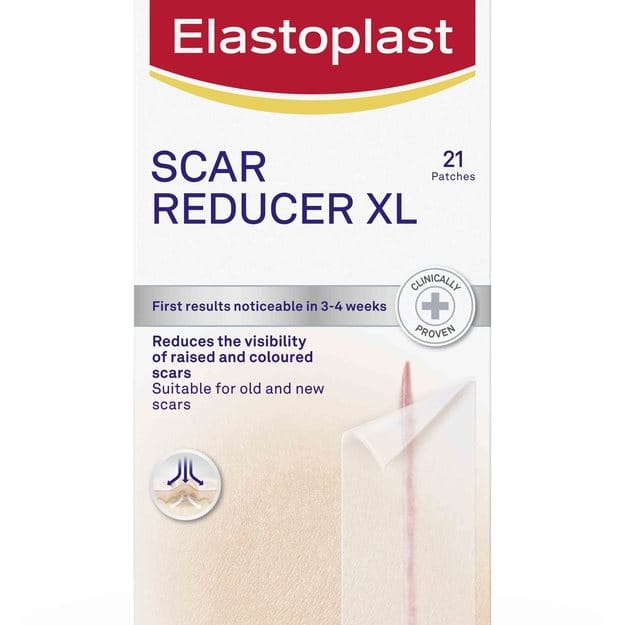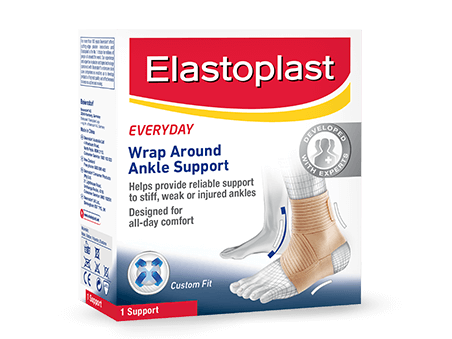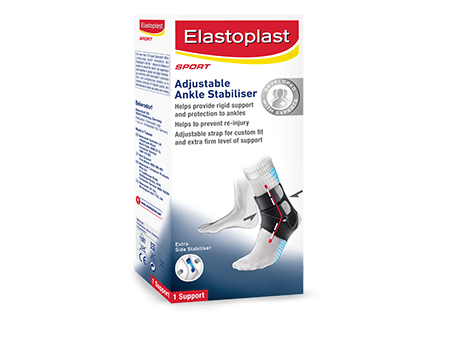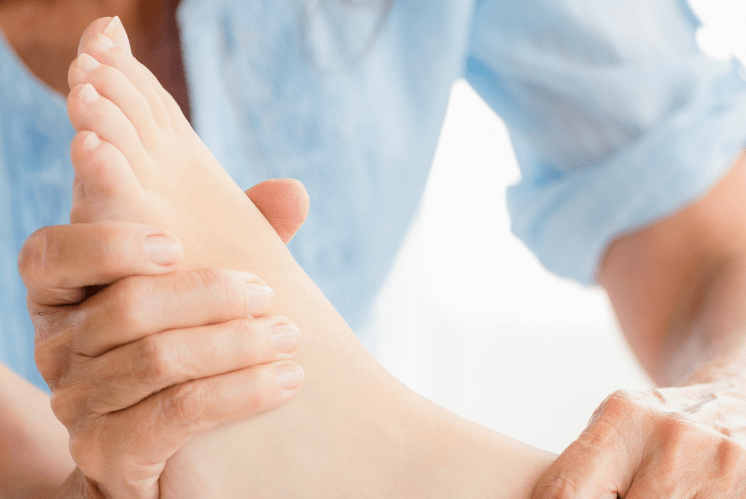Identifying an ankle injury
Though ankle injuries are often associated with sports injuries, ankle pain is not exclusive to athletes. Even a day-to-day activity like travelling to work can cause painful ankles if walking on a dangerous or uneven surface.
Common forms of ankle injuries are either a sprain or fracture. These are typically caused by twisting trauma or a violent blow to the ankle. Symptoms of a fractured ankle bone or bones include:
- Instant and severe pain
- Disfiguring swelling and bruising
- Tender and painful to touch
- Inability to place any weight on the injured leg
For a reliable and accurate assessment of the severity of ankle pain, you should contact a qualified physician. Severe spraining of the ankle ligaments or tendons can often hide the symptoms of a fractured ankle, so professional advice is required. Possible signs of a broken ankle include not being able to walk, debilitating pain, queasiness, a change in the shape of the ankle, plus a snap or popping noise at the time of injury. If you experience any of these then you should seek urgent treatment.
